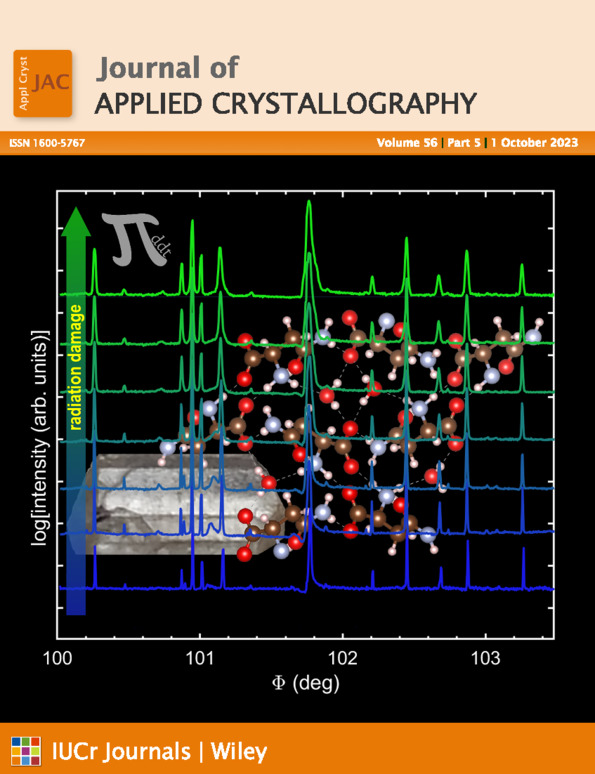High-resolution 3D grain orientation mapping by inclined scanning 3D X-ray diffraction microscopy
Abstract
The microstructure of a material plays a crucial role in determining its mechanical and chemical properties, as well as in predicting potential malfunctions. In polycrystalline materials, the orientation of each grain has a significant impact on the material's properties. It is thus imperative to conduct non-destructive 3D observations of the grain orientation with high resolution. This study presents a novel method to enhance the spatial resolution of 3D grain orientation maps in scanning 3D X-ray diffraction (S3DXRD) microscopy beyond the size of the probe beam. The new method, inclined scanning 3D X-ray diffraction (iS3DXRD) microscopy, combines an inclined geometry for the rotation axis of the object with the concept of `sub-voxel' analysis, where the voxel is subdivided into smaller pieces. The validity of the method was verified for a polycrystalline α-Fe wire using a 37 keV X-ray beam with a size of 10 × 20 µm (horizontal × vertical), and it successfully produced a high-resolution 3D grain orientation map with a spatial resolution of about 2.5 µm. The method can provide complex details on the microstructure of a polycrystalline material, which will pave the way for precise prediction of the material's properties.




